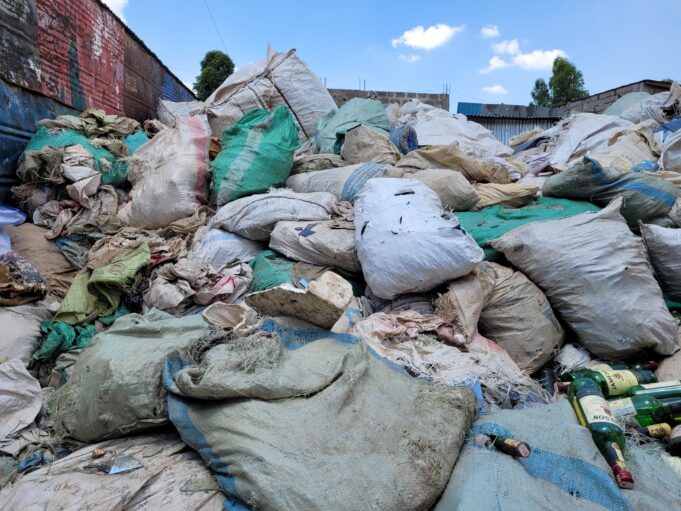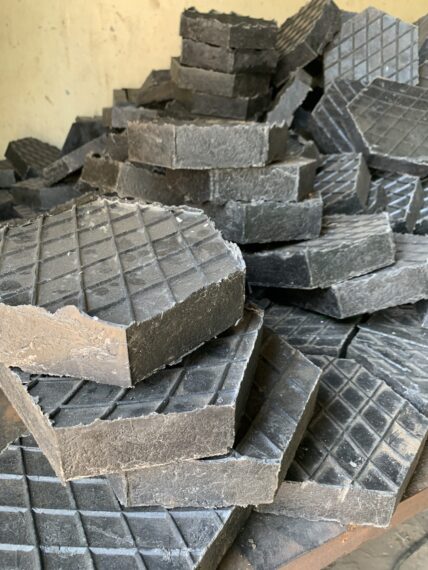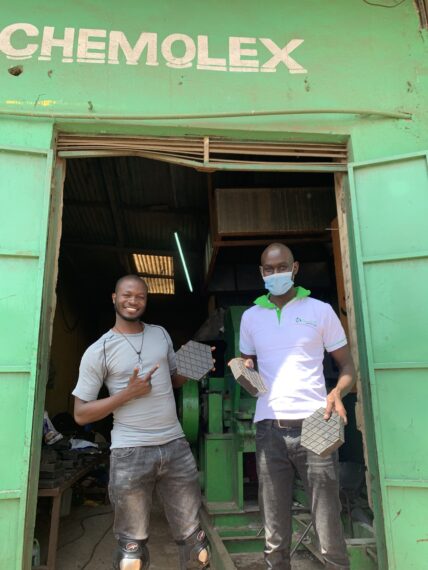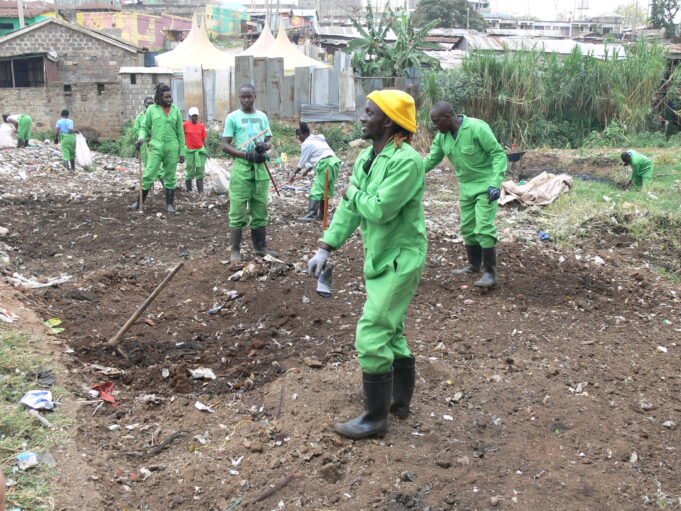The day was fresh and excitement filled the air. The time had finally come for the launch of our first plastic capture device on river Ngong on the outer-ring road. But I could not stop and wonder, where are we going to stash all the unwanted plastic waste mixed with all sorts of other trash?

Before this launch, we had installed a plastic boom to test the concept of capturing floating trash. Already we could see the impact it was having. It didn’t take long to discover that this was going to be a messy (if not smelly ☺) affair. True to it, indeed it was both smelly and messy. The trash was coming in by the double and it was taking a toll on both our ferry and storage carts.

As Chemolex, we had to quickly innovate to come up with a way to reuse the copious amounts of plastic waste that we were removing from the rivers. We had plans to install more capture devices, and plastic was already piling up. Focusing on our 3Rs initiative (#Recycle, #Reuse and #Repurpose), we devised a model of sorting, transporting, shredding, and storing the plastic waste, ready for conversion into economically viable products.
The recycling process starts right from collection by the plastic capture device. First, the plastic is sorted and weighed to determine exactly how much has been collected by the device in a day. Once sorted, the waste is transported to our storage and recycling facility.
Once at the facility, the plastic and glass is crushed by our cutting-edge machinery, transforming the former waste into raw materials ready for reuse. We use the glass to substitute for sand, which increases the amount of material we reuse and reduces our costs. From there, we add heat, mix the crushed plastic and glass at a unique ratio, and move the mixture through a line process that yields high quality, beautiful, and long-lasting paving blocks for footpaths and parking lots.

Currently, we have the capacity to produce 130-150 paving blocks a day with the goal of increasing production to around 400 blocks a day. While this may sound like a lot, we still have more demand than we can actually supply. The main challenge arises from heating the plastic — a very expensive and time-consuming process.
But paving blocks are just the first component of the recycling line. We also plan to make interlocking construction blocks, signage poles, tiles, and park benches from recycled materials.
To date, we have set up over 10 plastic capture devices across dispersed locations on Kenyan rivers such as the Athi River, River Mathari, Ngong River and Nairobi River. Combined, the capture devices have removed over 370 tons of plastic from the rivers, not to mention another 20 tons collected from manual cleanups, restaurants, and clubs.

While we will continue to clean our rivers and reuse the collected material, our ultimate goal is to create behavioral change to stop marine pollution. That means curbing the seepage of plastic into our riverine ecosystems. Working with our local youth and women groups, we are slowly but surely turning the tide on plastic pollution in our rivers.





